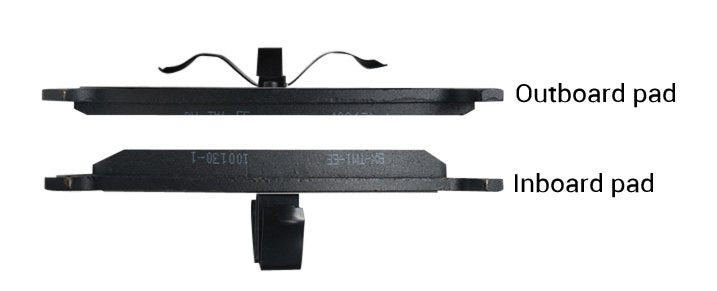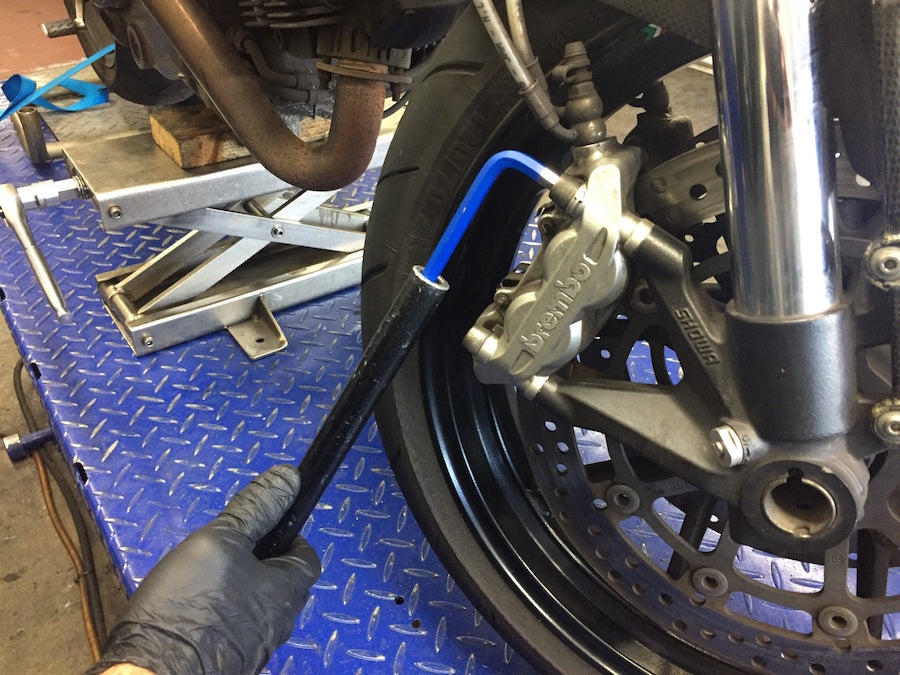Menu
Tire Tools & Wheel Accessories
Street & Off-Road
Menu
Find UTV, Side by Side & ATV Windshields, Rear Windows & Windshield Wipers

Windshields, Side & Rear Windows
Find UTV, Side by Side & ATV Electric Power Steering Kits, Steering Rack, Stem Bearings

Steering & Components
Find UTV, Side by Side, ATV & Motorcycle Battery Tenders & Chargers

Battery Tenders, Jump Packs & Chargers
Find UTV, Side by Side & ATV LED Accent Lights: Rock Lights, Whips, Dome Lights

Accent & Misc Lights
Find UTV, Side by Side, ATV & Motorcycle Battery Tenders & Chargers

Battery Tenders, Jump Packs & Chargers
- SHOP BY:
- MOTORCYCLE
- OFF-ROAD
- EZ BUNDLES
- CONTACT US
- EZ RETURNS
-
ACCESSORIES
Find UTV, Side by Side & ATV Windshields, Rear Windows & Windshield Wipers
Windshields, Side & Rear Windows
-
AUDIO & NAVIGATION
-
DRIVETRAIN, SUSPENSION, STEERING
Find UTV, Side by Side & ATV Electric Power Steering Kits, Steering Rack, Stem Bearings
Steering & Components
-
ELECTRICAL
Find UTV, Side by Side, ATV & Motorcycle Battery Tenders & Chargers
Battery Tenders, Jump Packs & Chargers
-
ENGINE & PERFORMANCE
- HELMETS & RIDING GEAR
-
LIGHTING
Find UTV, Side by Side & ATV LED Accent Lights: Rock Lights, Whips, Dome Lights
Accent & Misc Lights
-
MAINTENANCE
- STORAGE & MOUNTING SOLUTIONS
-
TOOLS & TOWING
Find UTV, Side by Side, ATV & Motorcycle Battery Tenders & Chargers
Battery Tenders, Jump Packs & Chargers
-
WASHING & DETAILING
-
WHEELS, TIRES, TRACKS
-
WINCHES, SNOW PLOWS, FARMING
-
SHOP BY MODEL
- NEW ARRIVALS

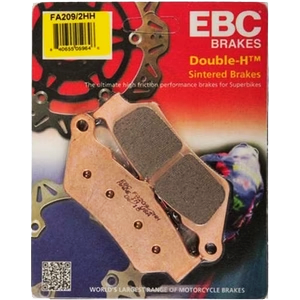

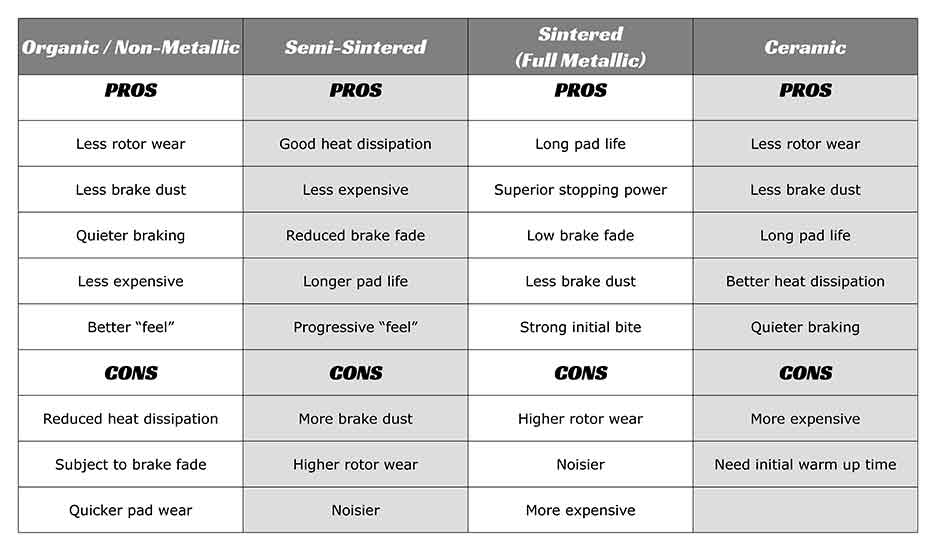

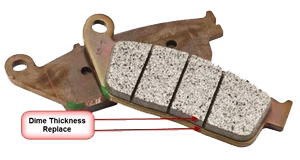 The groove disappears when the brake pad is worn enough to the point of needing to get the motorcycle parts replaced. Once the pad is down to roughly 3 millimeters, you need to replace it.
The groove disappears when the brake pad is worn enough to the point of needing to get the motorcycle parts replaced. Once the pad is down to roughly 3 millimeters, you need to replace it. 